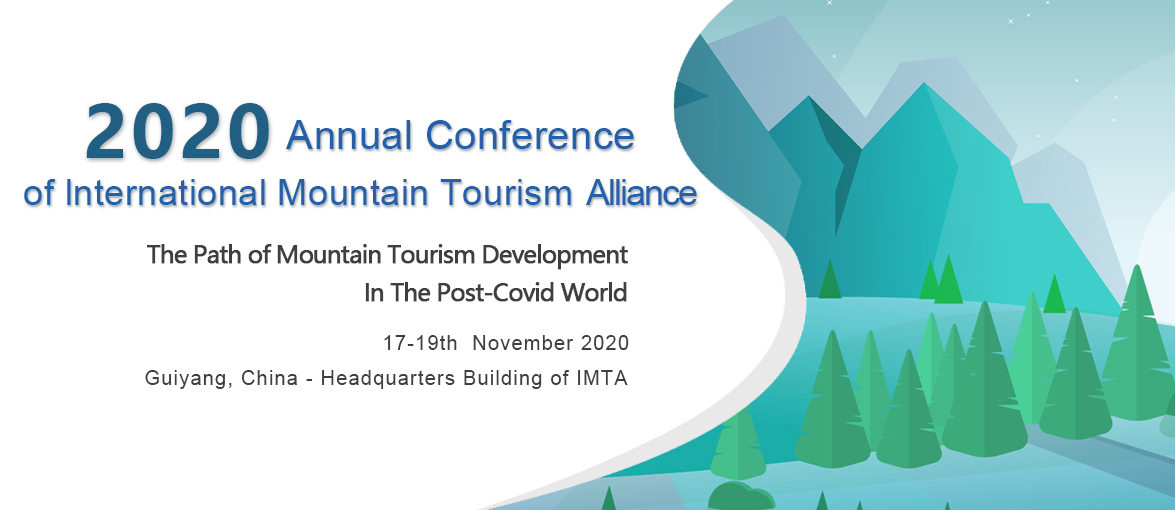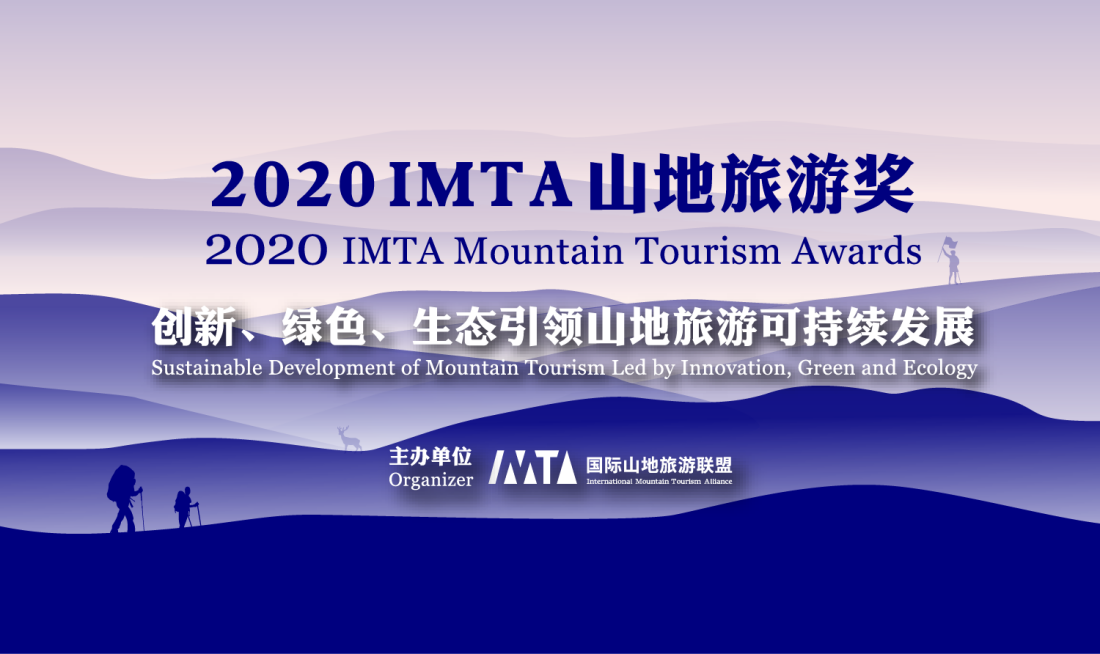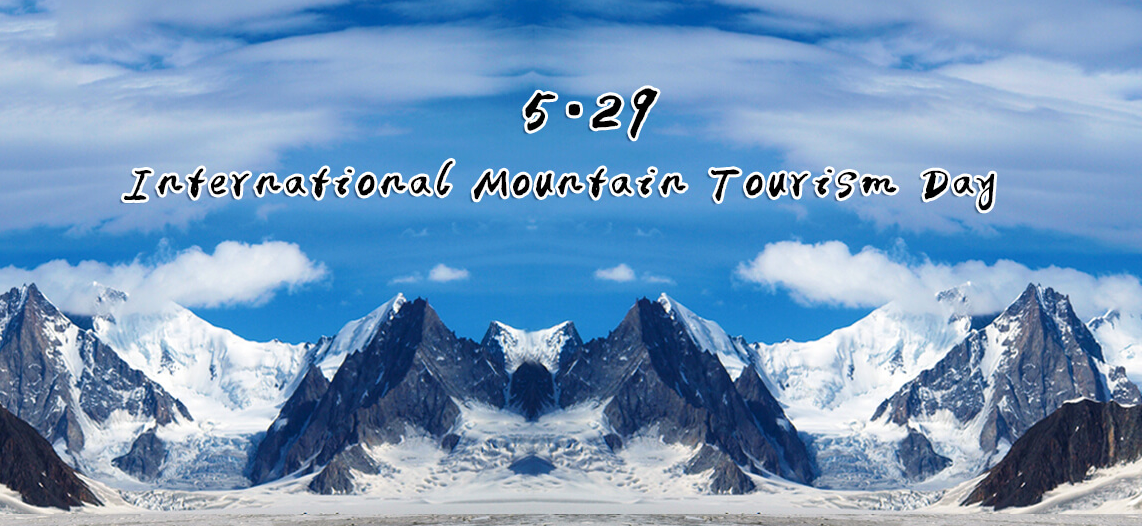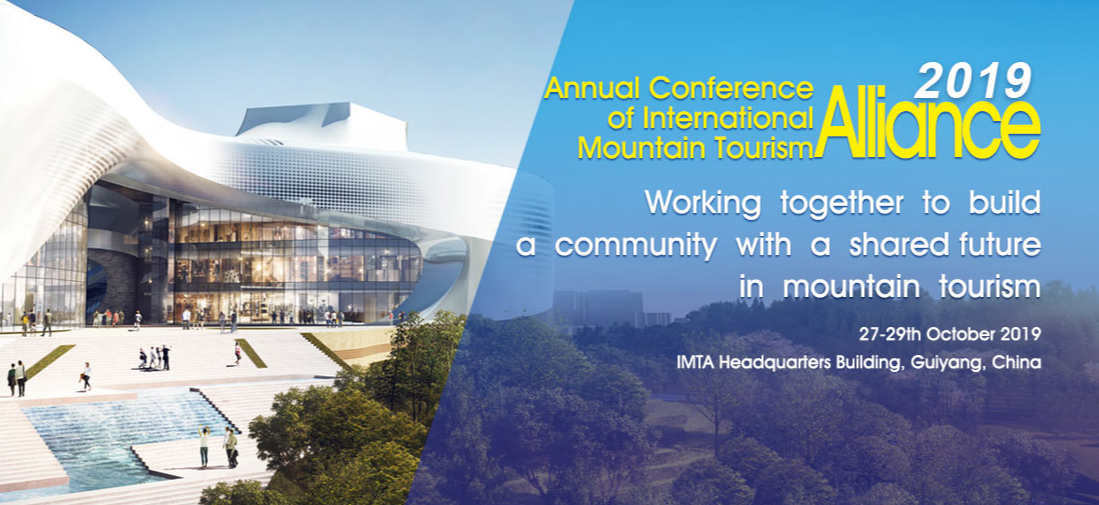International Seminar on Mountain and Hot Spring Wellness Tourism · Roundtable Discussion | How to Combine Hot Spring Wellness, Climate Wellness, and Forest Wellness with Mountain Tourism?
EDITOR'S NOTE: On May 29 2021, the main activity of the third International Mountain Tourism Day—the World Heritage Famous Mountain (Jinfo Mountain) Summit kicked off in Nanchuan District, Chongqing Municipality, China successfully. Themed with “World Heritage Protection and Green Development of Mountain Tourism”, the Summit got strong support from the World Tourism Organization (UNWTO), the World Intellectual Property Organization (WIPO), the International Union for Conservation of Nature (IUCN), the World Travel & Tourism Council (WTTC), the Pacific Asia Travel Association (PATA), the Global Tourism Economy Forum (GTEF), the Internationale Organisation Für Volkskunst (IOV) and the China Association of National Parks and Scenic Sites. As an important sub-event of this summit, the International Seminar on Mountain and Hot Spring Wellness Tourism was held with top experts and scholars at home and abroad. They gave keynote speeches and shared frontier observations focusing on mountain tourism, hot spring tourism, and health tourism to explore "the integrated development of hot spring wellness, climate wellness, forest wellness and mountain tourism". The speeches will be released in succession to share with industry colleagues.
Zhang Yue, Secretary General of China Hot Spring Tourism Association; Liu Lijun, President of Forest Therapy Committee of Chinese Society of Forestry; Wang Changjiang—Deputy General Manager of Chongqing Shanshui Dushi Tourism Development Co.,Ltd. and Goto Yasuaki, Senior Research Scientist, MD, Japan Health & Research Institute(online) discussed about “how to combine hot spring wellness, climate wellness, and forest wellness with mountain tourism?” at International Seminar on Mountain and Hot Spring Wellness Tourism.
Host: Jeff Wang, Director of Asia Pacific (Chongqing) Institute for Hydrotheraphy and Climatheraphy Tourism
In recent years, Jinfo Mountain has been committed to creating a high-quality "health resort". Jinfo Mountain is one of the world's natural heritages with typical karst landforms, a rich variety of plants and animals, and precious mountain hot spring resources. It has the unique advantage of developing mountain health tourism owing to its natural integration of mountains, forests, and hot springs, and its typical three-dimensional climate. It is a topic worthy of discussion about how to integrate these resources to improve the rehabilitation attributes of mountain tourism. Now, let’s begin our roundtable forum and listen to the understanding and analysis of domestic and foreign experts on "the integrated development of mountain tourism and hot spring rehabilitation, climate rehabilitation, and forest rehabilitation".
Guest | Zhang Yue (General Secretary of the Hot Spring Tourism Institute of China Tourism Association)
Host | Jeff Wang: What is the significance of the concept of "mountain hot spring" to the development of China's hot spring tourism industry?
Guest | Zhang Yue: Mountain hot spring is a new concept that has been proposed in recent years. The form of mountain hot springs has existed for a long time, although it has not been proposed as a concept until recently. It is Guizhou province who first put forward the idea of mountain hot springs, and such concept is worthy of being researched by scholars and professionals in the tourism industry. Most of the hot spring resources are located in mountainous and semi-mountainous environments. In addition to the health maintenance effects of hot spring, mountain hot spring also combines mountainous climate and morphology to realize climate rehabilitation and create versatile hot spring rehabilitation products, which is of great significance to the development of hot spring tourism and the enrichment of the structure of hot springs products.
Host | Jeff Wang: What are the key elements for the development of mountain hot springs?
Guest | Zhang Yue: There are many key elements for the development of mountain hot springs. First of all, there must be good hot spring resources. The water quality determines the quality of the hot springs. Second, there have to be good ecological conditions. The design of hot springs should take full advantage of the natural landscapes of the mountains. Enough attention needs to be paid to the protection of the ecological resources, and the forest vegetation should not be destroyed in the design and construction of hot springs. In addition, the characteristics of mountain hot springs should also be highlighted. Third, there need to be relatively good traffic conditions. The roads and pipelines surrounding the hot spring should be scientifically and reasonably arranged and be integrated to the general landscape.
Host | Jeff Wang: Can you name some hot springs in China that belong to typical mountain hot springs?
Guest | Zhang Yue: Hot springs exist in many famous mountains and rivers in China, such as The Drunk Hot Spring in Huangshan Mountain, Hailuogou Hot Spring in Sichuan, etc. These hot springs have very good water quality and considerable annual reception volume. There is a hot spring hotel in the Mangshan Forest Resort in Hunan Province. The ecological vegetation of the hotel is particularly good as it is located in the scenic area. The Mountain Hot Spring in Chenzhou, Hunan also has good natural conditions and can be used for climatheraphy. 50% of the guests that this hot spring hotel receives each year come from Hong Kong.
Guest | Liu Lijun (Director General of Forest Therapy Institute of Chinese Society of Forestry)
Host | Jeff Wang: How should we combine forest recuperation with mountain hot spring recuperation?
Guest | Liu Lijun: Mountain hot spring is a type of natural therapy. My personal understanding of mountain hot spring from the perspective of forest therapy is: the industrial value of mountain hot spring should not be considered to be lying in the hot spring itself, but in the mountain, which is the added value of hot spring. Theoretically speaking, mountain hot spring is another outdoor state featuring a hot spring environment surrounded by forests. Since it is in a forest environment, it naturally possesses the function and effect for forest rehabilitation. As people's mood will change with the changes of the surrounding environment, the rehabilitation effects of the forest and hot spring are therefore further enhanced.
Host | Jeff Wang: What are the similarities and differences between "Forest Rehabilitation", "Forest Therapy" and "Forest Medicine"?
Guest | Liu Lijun: Forest medicine is a new discipline. Forest therapy and forest rehabilitation refer to certain behaviors, activities or industries. Forest medicine is the basis or support for the forest therapy or rehabilitation concepts and methods. Forest therapy is a concept and model that we introduced from Japan in 2010. Through several years of exploration of forest therapy combined with China’s national conditions, especially its forest conditions, we finally innovated a forest therapy model with Chinese characteristics and elements. This model takes forest therapy as the main body, which is assisted by other therapies such as hot spring, aroma, diet therapy, sports, gardening, etc. The definition of forest therapy is: auxiliary or alternative treatment methods. Therefore, forest therapy takes nature as its medicine. Its starting point is treatment, and its end point is the curative effect. Its main content is to select corresponding intervention methods based on the visitor's health management needs. Forest rehabilitation is a concept and term that we (or more precisely, foresters) have created based on the introduced international concept and model of forest therapy while integrating all forest-related content such as leisure, tourism, and vacation. It refers to relying on the forest ecological environment to organize a series of service activities on health care, rehabilitation, and elderly care by utilizing forest ecological resources, landscape resources, food and medicine resources, and cultural resources as well as by organically integrating medicine and health sciences, with an aim to promote public health.
Guest | Wang Changjiang (Deputy Secretary General of Chongqing Hot Spring Association)
Host | Jeff Wang: What are the advantages of Jinfo Mountain to develop the rehabilitation industry featuring hot springs and mountain tourism?
Guest | Wang Changjiang: Jinfo Mountain has unique advantages to develop hot spring rehabilitation industry. First, Jinfo Mountain has unique ecological advantages. Second, Jinfo Mountain has abundant geothermal water resources. Third, Jinfo Mountain is rich in plant resources. Fourth, some regions in Jinfo Mountain rely on the abundant "selenium" and other trace elements in the soil to develop the hot spring industry. Fifth, Jinfo Mountain has predominant location advantage. Sixth, Jinfo Mountain has formed a strong market influence nationwide after so many years of market development. As a national 5A-level scenic spot and a world heritage site, Jinfo Mountain receives 5 million tourists every year, and is witnessing a booming tourism income. Jinfo Mountain has a unique advantage in developing hot spring and mountain rehabilitation project which will bring huge benefits to its citizens.
Host | Jeff Wang: In the future, in which areas is mountain hot spring tourism planned to be developed in Jinfo Mountain?
Guest | Wang Changjiang: The current "mountain + hot spring" leisure and vacation model can be understood as the integration and development of hot spring products and mountain tourism resources. Jinfo Mountain's unique function as a summer resort, and its perfect combination of hot spring rehabilitation with the appreciation of a variety of animals and plants fits the aspirations and needs of the urban citizens. In the future, Jinfo Mountain will rely on its ecological environment and Chinese medicine resources to develop the mountain hot spring tourism industry in the three directions of "medicine+forest", "hot spring +Chinese medicine" and “hot spring + climate", and focusing on health maintenance through a wide range of products including sightseeing, residence, sports, cultures, diet, traditional Chinese medicine, etc.
Guest(online) | Goto Yasuaki (Senior Research Scientist, MD, Japan Health & Research Institute)
Host | Jeff Wang: Let's welcome Goto Yasuaki, Senior Research Scientist, MD of Japan Health & Research Institute to share his opinion online.
Guest(online) | Goto Yasuaki: As you know, Japan is a small island surrounded by the sea, has 21 mountains of 3000m above sea level, 80 % of our land are in a mountain or a forest. In addition, Japan has lots of volcanos that is 7 % of the ones in the world, and therefore Japan is the world’s most famous hot spring country where approximately 27,000 of hot spring sources and 3,000 of hot spring resorts exist. It means that in almost all mountain or highland resorts there are hot springs. A questionnaire survey regarding tourism shows that Japanese most favorite activity in the vacation is visiting hot spring. So, for many Japanese, priority of the purpose of the leisure is to go hot spring. When people chose to visit mountain or high land area, they may expect to fully enjoy leafy nature, to exercise, or to breath fresh air. To Japanese, this combination (mountain tourism with hot spring) is just a natural, and in other words it may say that hot spring is essential for mountain tourism. When people say ”mountain tourism” in Japan, I think there are mainly two types of trip, one is to spend time in the mountain or high land resort and the other is to climb mountain. Mountain climbing used to be popular about 40 years before in Japan. This popularity has gone out of fashion for several years. However for latest 10 years, walking in the mountain or climbing mountain has become into fashion again. The popularity to middle or advanced age class is increasing especially. Climbing mountain and taking hot spring is often combined. After reaching the summit of the mountain, taking a hot spring halfway up the mountain or in the foot of the mountain to reset the body make people feel so good. Japanese travel agent offers a lot of tours for climbing popular mountains (such as 100 famous mountains listed by a prominent mountaineer) which are almost always combined with hot spring. When I think of the future vision of mountain resort and hot spring resort, I need to consider 2 things. One is changes in work style that the government is promoting now. it is hard for Japanese to take long vacation at the present, however when the reform of the way of working is succeeded and people take long off several times a year, spending way in the mountain resort may change. The other is the post COVID-19 world remote work is promoted to keep social distance, which means that it is not necessary to live in the place from where commuter time is acceptable and you can live wherever you want as far as communication environment is developed. Mountain resort with hot spring may have a potential to be a place not only for a vacation but for a working place in the future.














